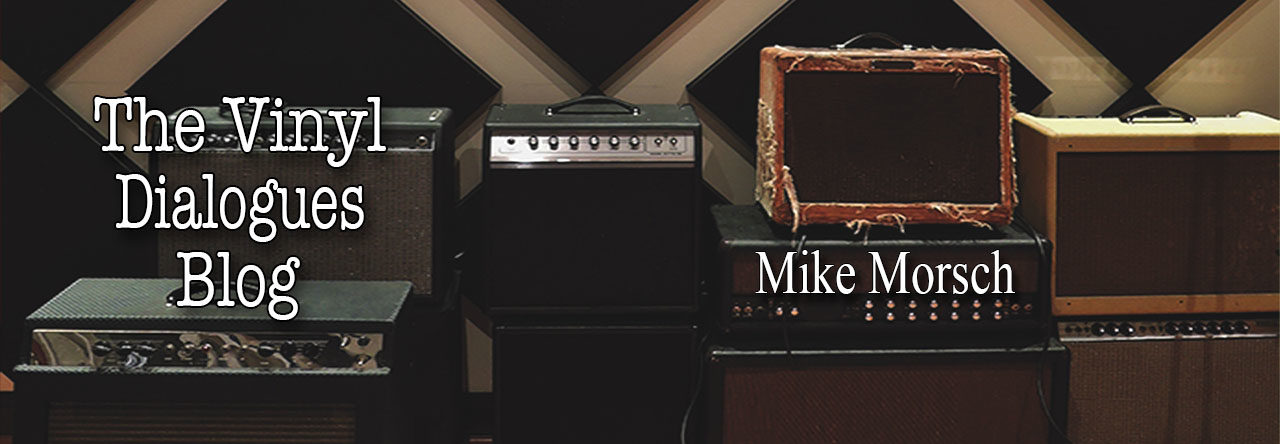There was a moment in the Lionel Richie concert Saturday night at the Hard Rock in Atlantic City, just as Lionel was finishing up the final verse of “Endless Love,” where there was a bit of a commotion in the front row.
A gent had gotten down on one knee and proposed to his girlfriend while Lionel was singing the song. Now that’s some pretty romantic and memorable planning by that dude, and it didn’t go unnoticed by Lionel. After he finished the song, he stopped the show and made a big deal out of the moment, the happy couple was shown on the big concert screens, and it all seemed unscripted to me from my vantage point. Lionel seemed to not know about the proposal in advance and veteran performer that he is, he rolled it right into the show.
He dedicated the next song to the woman who … Read more
